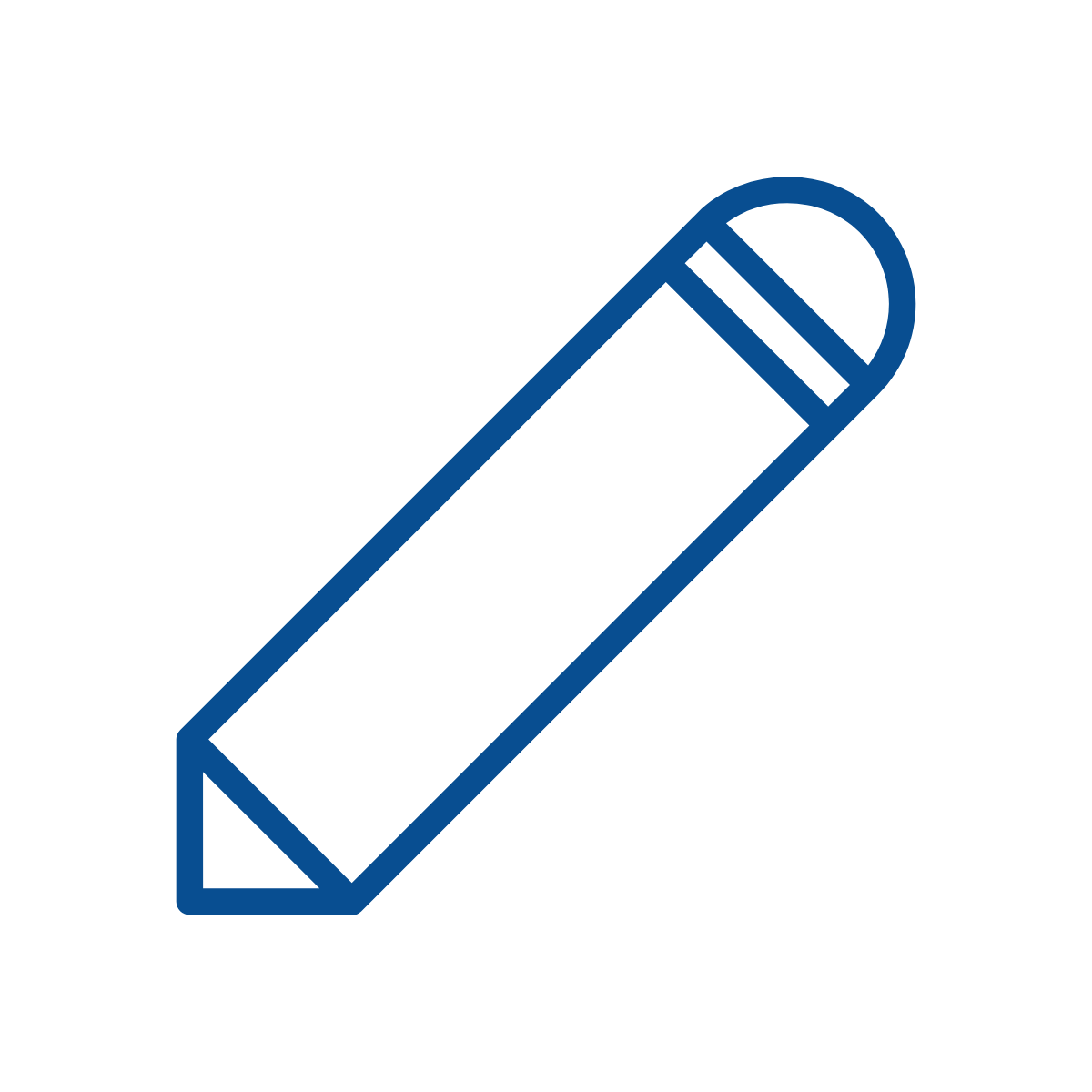- Accueil
- EN
- Studying at ULB
- Find your course
- UE
-
Share this page
Regulatory affairs for medical devices
Course teacher(s)
David Bouchez (Coordinator)ECTS credits
5
Language(s) of instruction
english
Course content
The objective of the course is to introduce students to the regulatory framework relating to medical devices.
The objective of the course is to introduce students to the regulatory framework relating to medical devices. The course will present the European regulations for medical devices as well as the requirements of ISO 13485 for quality management. The course will present the content of the technical documentation for a medical device to meet the requirements of the CE marking according to European regulation 2017/745.
Proposed content :
- Stakeholders in the medical devices sector: competent authorities, notified bodies, manufacturers, distributors, etc., roles and relationships, market surveillance
- The medical device market: global, European, Belgian markets, leading companies
- Medical device classification: classification rules according to European regulations (+ FDA)
- CE marking: route for marking, access to the market
- European Regulation 2017/745: analysis of the text and annexes
- Technical documentation: the various components of this technical documentation (risk management file, responses to performance and safety requirements, list of applicable standards, etc.)
- Requirements of the ISO 13485 standard
Objectives (and/or specific learning outcomes)
By the end of the course, students will be able to :
- Identify correct references (regulations, standards, CE, FDA, …) for a given clinical issue or technical need set out by a health professional
- Apply the CE classification rules of a medical device
- Describe the roles of the different stakeholders in the medical device industry and the impact the regulatory framework has on the development of medical devices
- Draft the technical documentation for a medical device based on a proposed outline
- Communicate effectively, in writing, project results based on a proposed proforma of a technical report
Teaching methods and learning activities
The course will be divided into two teaching activities.
Activity #1 - 48h : Theory and case studies
24 theoretical/practical sessions (2h by session) on the content described above.
Activity #2 - 12h : Project
Students, alone or in group, are asked to take up a challenge, perform a task and/or produce an achievement. The students will be accompanied through all the process by the teachers taking the role of tutors.
Other information
Additional information
Medical Product Regulatory Affairs: Pharmaceuticals, Diagnostics, Medical Devices, 2008, Tobin & Walsh.
Medical device design: innovation from concept to market, Ogrodnik, Elsevier Academic Press.
Biodesign : the process of innovating medical technologies, Zenios, Makower & Yock, Cambridge University Press.
Contacts
Contacts
Kyun THIBAUT (kthibaut@covartim.com)
Campus
Other campus
Evaluation
Method(s) of evaluation
- Project
- Oral examination
Project
Oral examination
Evaluation weight :
- Oral exam : 60%
- Project : 40%
The average of the teaching unit is calculated on the basis of the weighted arithmetic mean of the marks of the learning activities.
The evaluation is done through an oral exam. The examination includes practical questions to be prepared using the course content.
Language(s) of evaluation
- english
